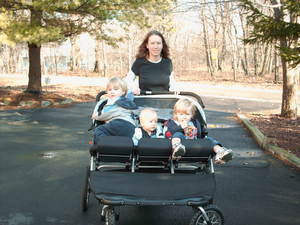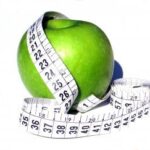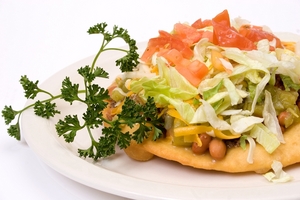Through many years of trial and error and miserable consequences from poor eating habits, I’ve found that a low-carbohydrate diet works for my body. After reading tests identifying me as a borderline diabetic and negative body responses took over, I took charge of my life by changing my diet. I did not want to rely upon medications, perhaps someday insulin, for my well being, so I began eating right.
Eating right for a borderline diabetic means controlling sugar intake and balancing the carbohydrates and proteins ingested. Always, eat protein along with carbohydrates. Never eat carbohydrates alone, as this will cause a negative fluctuation in sugar levels.
Below, I offer a few ideas for eating right.
Breakfast: Royal Oatmeal
Using steel cut oatmeal, cook up enough for about ten days at a time. Store in a straight-sided bowl and cut off a small wedge serving each day; otherwise, cooking one serving a day becomes tedious and a waste of time and water for cleaning the dishes.
For a week’s supply place into a large microwave safe bowl:
¾ cut steel cut oats (Arrowhead Mills)
scant amt. of salt (if desired)
2 ½ cups water
Cook 18 minutes (ovens vary)
When the oatmeal softens and the water dissipates remove from the microwave oven.
Add in: 1tsp. Vanilla
Cinnamon to taste
Scrape into straight-sided bowl for cooling and storage in refrigerator. Cover tightly after cooling and before refrigeration.
When cool, divide the cooked oatmeal into approximately ¼ cup size servings.
Each day after heating up the oatmeal portion, I add in a few chopped nuts (to your taste), a heaping teaspoon of ground flax seed and 3 oz. of a low-sugar, low-fat, gluten free organic yogurt (Brown Cow).
Tip: One of the tricks of balancing sugar levels is to eat often, every 2 ½ to 3 hours. Eat small meals and eat often. Small meals means not to eat meals larger than the palm of your hand.
Snacks
Nuts are a satisfying and nutritional snack and a good source of protein and carbohydrates, but only eat a small amount, 6 nuts. Nut butter spread on apple or pear slices or on celery stalks become a good snack.
Tip: Starchy vegetables and bread are almost non-existent on this low-carbohydrate diet.
Lunch & Dinner Tips:
Non-starchy vegetables: carrots, broccoli, cauliflower, yellow crook-necked squash, zucchini, tomatoes, green beans, sugar snap peas, snow peas.
Eat the vegetables raw or cooked. I often cook up enough vegetable for several meals and I can grab a few for a snack along with a bit of protein. For protein eat chicken, fish, eggs, pork, beef. Vegetable proteins are okay, but remember the carbohydrates that come along with the protein. My body needs animal protein. Vegetable protein sources offer too little protein for optimal balance in my body. As with the vegetables and since I eat often, I cook enough protein for several meals. For a quick meal, sometimes, I eat a slice of low-fat mozzarella, provolone or low-fat Havarti wrapped around a banana or another fruit.
Tip for brown bagging: When I leave home, I usually take my own food as I eat better when I do pack a bag with a few nuts, baby carrots and a hard-boiled egg. I take what’s available in my refrigerator.
Tip for eating out: Split a meal with a friend. Take home at least half of your restaurant food. For me, restaurant portions are usually at least four times what is right for me.
After following these few suggestions about eating right for a borderline type II diabetic, you will soon notice the difference in how you feel. If you decide to revert back to old eating habits, you will feel the difference in negative ways. With my new eating habits, I have energy to spare to get through the day and my waistline shrunk as well.






